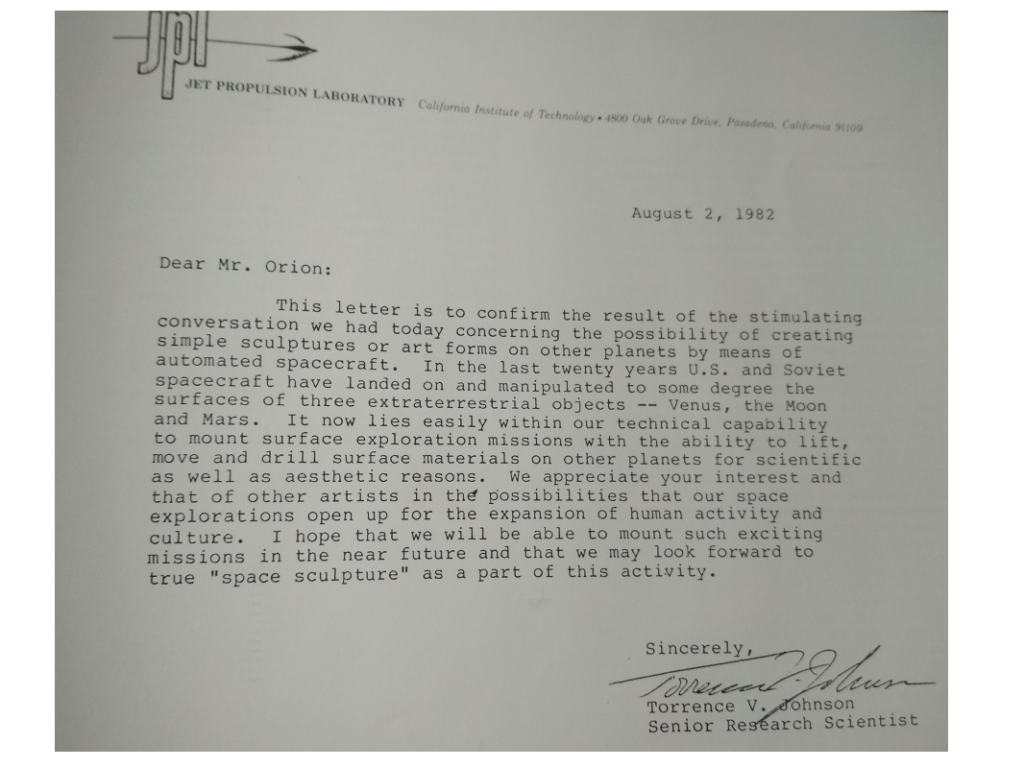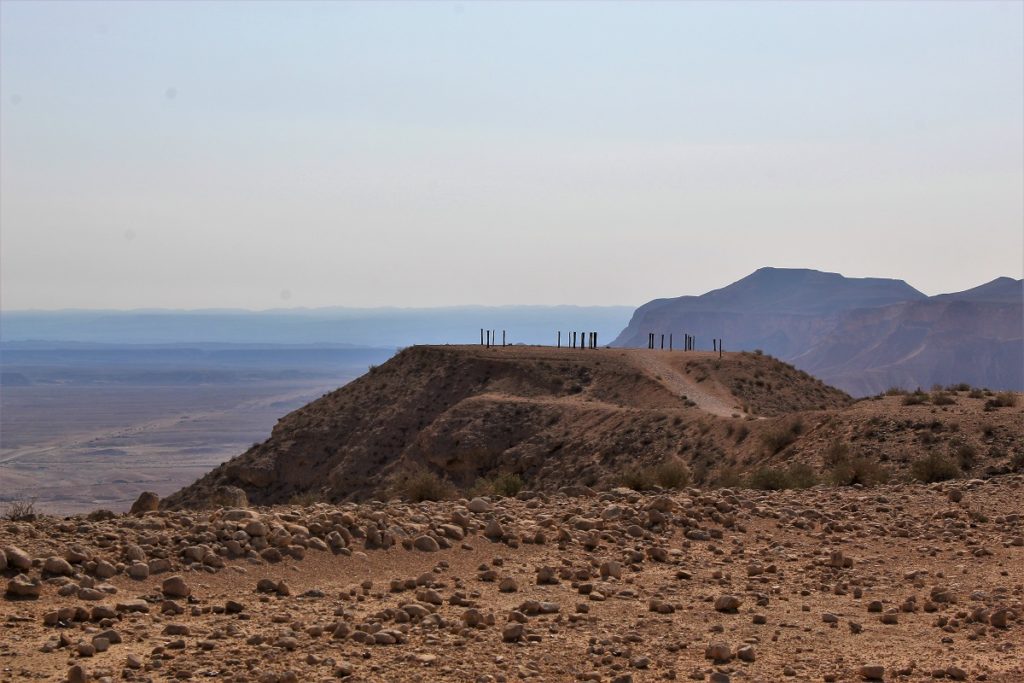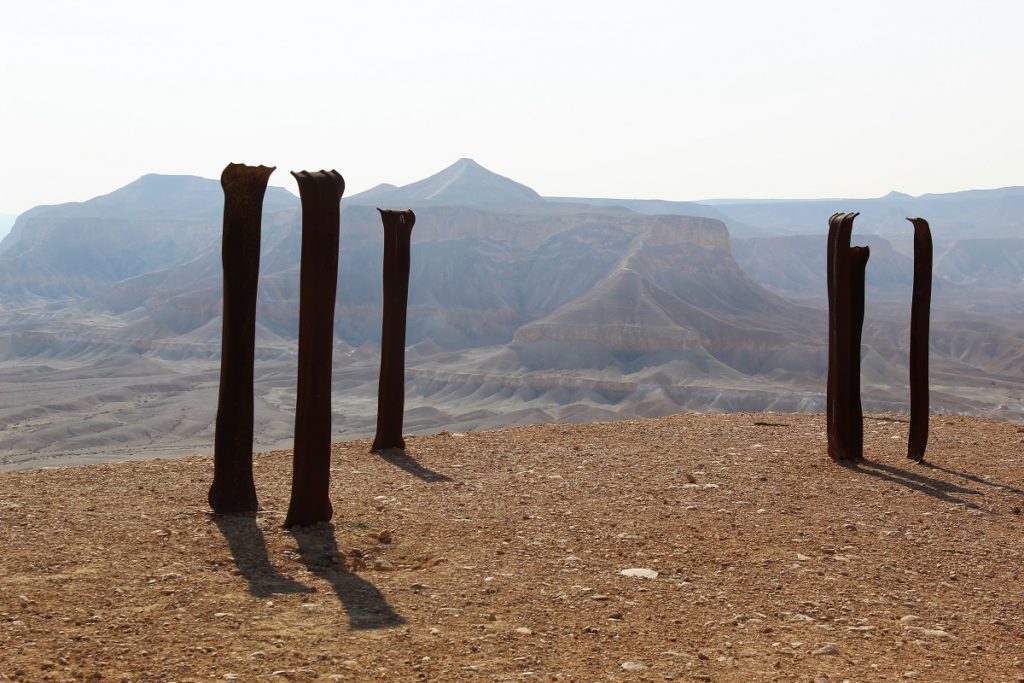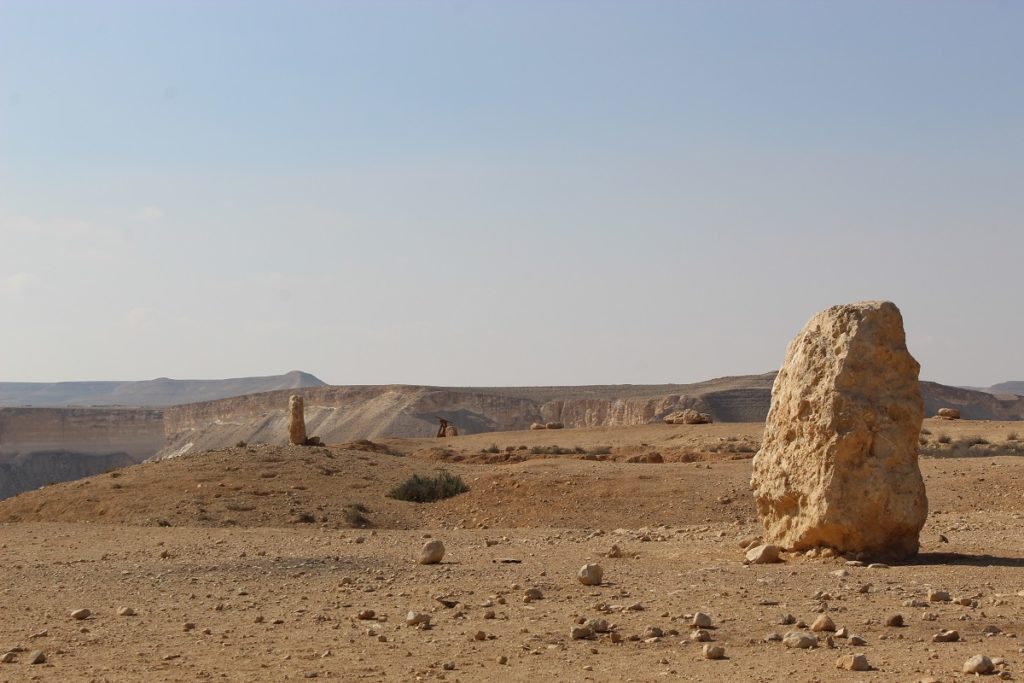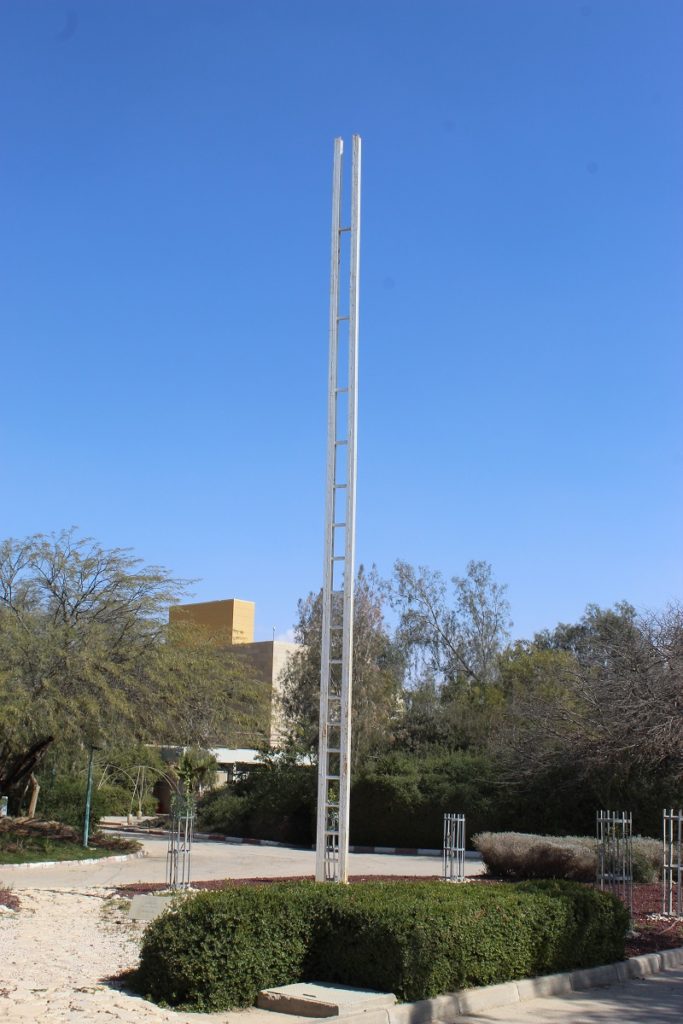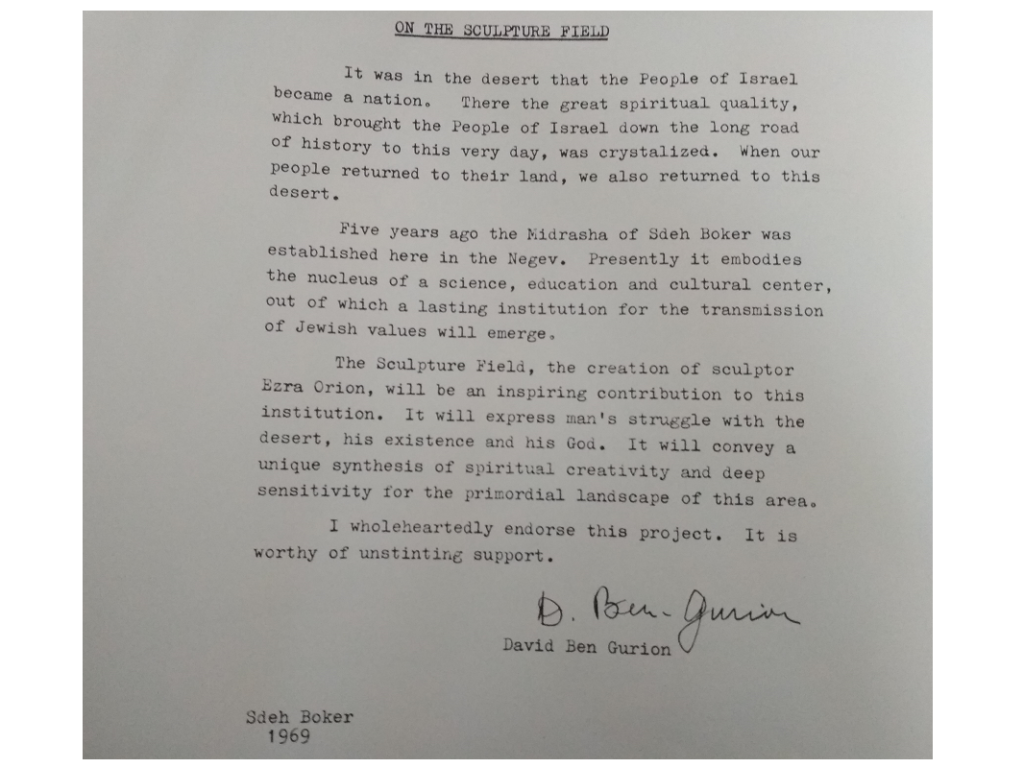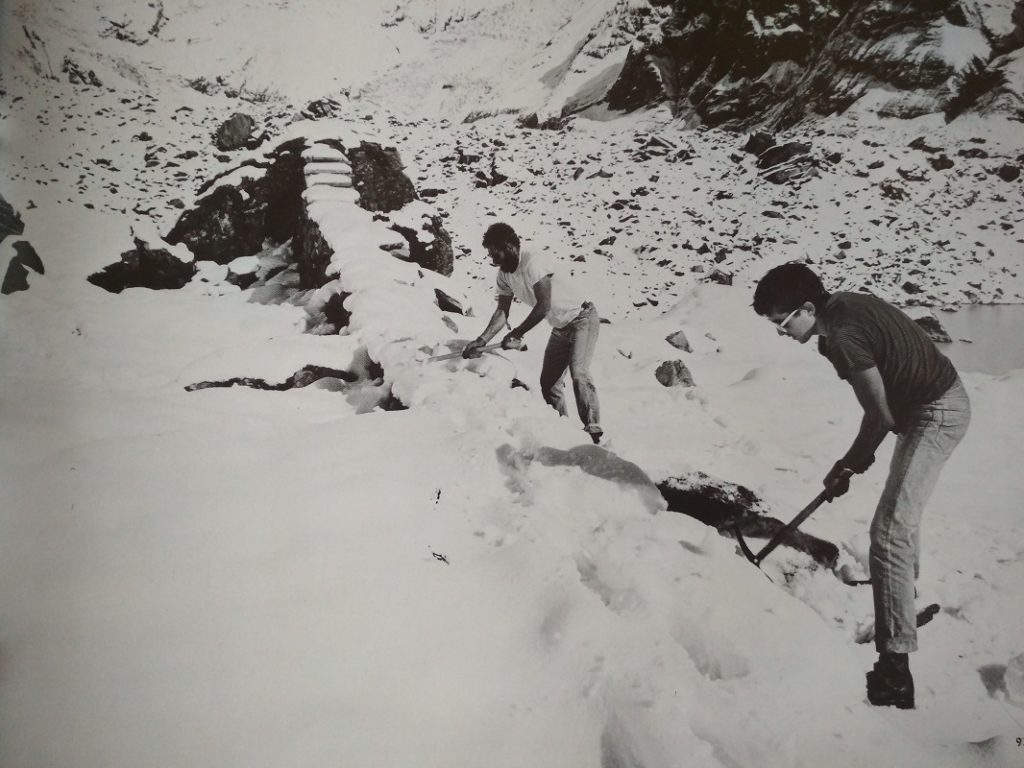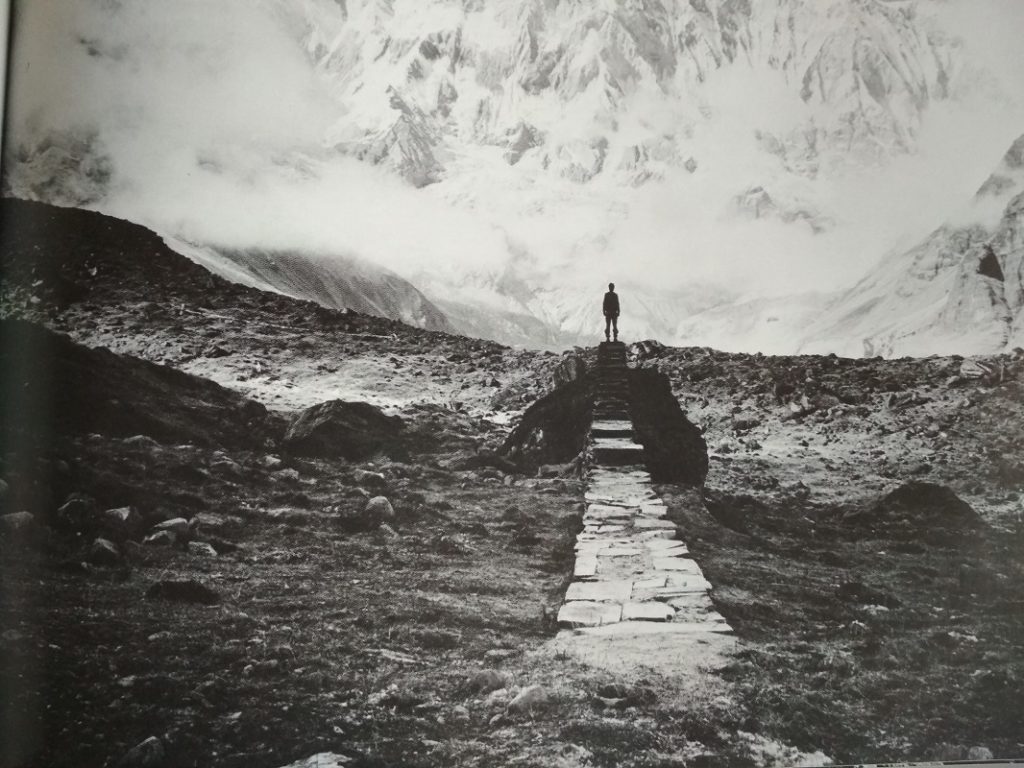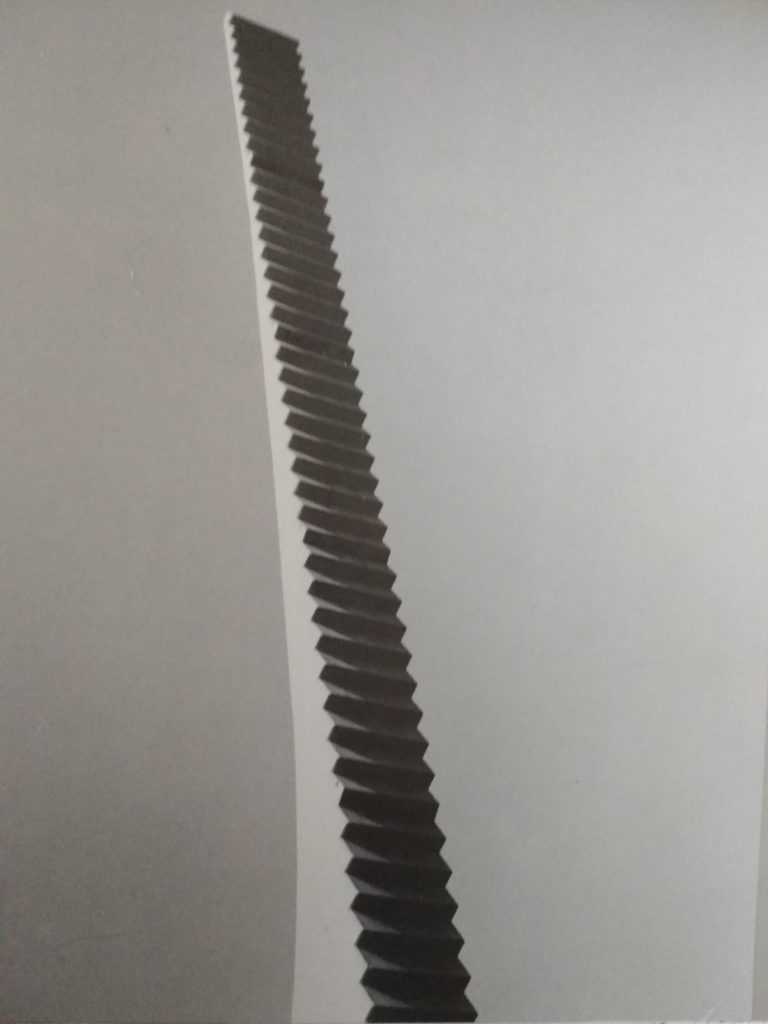“No prophet is recognized in his own country.”
Ezra Orion was a controversial Israeli artist. In 1988, at a meeting at NASA headquarters in Washington, he proposed erecting a line of stones on Mars using a space vehicle.
Describing the project, he wrote: “Since the erosion process on Mars is slow as astronomical time, these geometric stone outlines will not be erased for billions of years”. He launched laser beams into deep space in pursuit of infinity and verticality. In April 1992, he launched multiple laser beams which he called “Super Cathedral 1” into the center of the Milky Way. He was unbound by time and space.
Sde Zin was his Workbench
At base Ezra was a philosopher who wrote with rocks in landscapes. The Zin plateau, where this guesthouse is located, was his workbench, his works lie all around us.
He produced what today are called installations, he wrote books, and drew up plans for many works that were not realized. If you want the rationale, the intent, the vision, I refer you to the art critics…
Living in Our Village
He lived next door to us for twenty years. I would see him running every day well into his 60s, he was lean, muscular and bronzed, he had a short thick beard that jutted forward as he ran. He lived alone on the edge of the cliff in a house no bigger than a two-car garage. Occasionally I would invite him to come over for a meal. He would talk in a quiet, low monotone as he ate – no contribution from us was required – and at the end of the meal he would thank us and return whence he came; I loved being in the same room as him.
Ezra arrived in Sde Boker fifty years ago. Already a known artist in Israel he was received with honor and gratitude and was given carte blanche to do as he saw fit. With the aid of a bulldozer he altered the contours of the cliff edge to engage the desert with the village and vice versa, he shaped our public spaces. He lay down rocks large and small to draw the eye to different horizons, he opened and expanded the hiking trails, and brought in the Paratroops Brigade and 50 kg of dynamite to open up the ascent from Nahal Zin to Hod Akev.
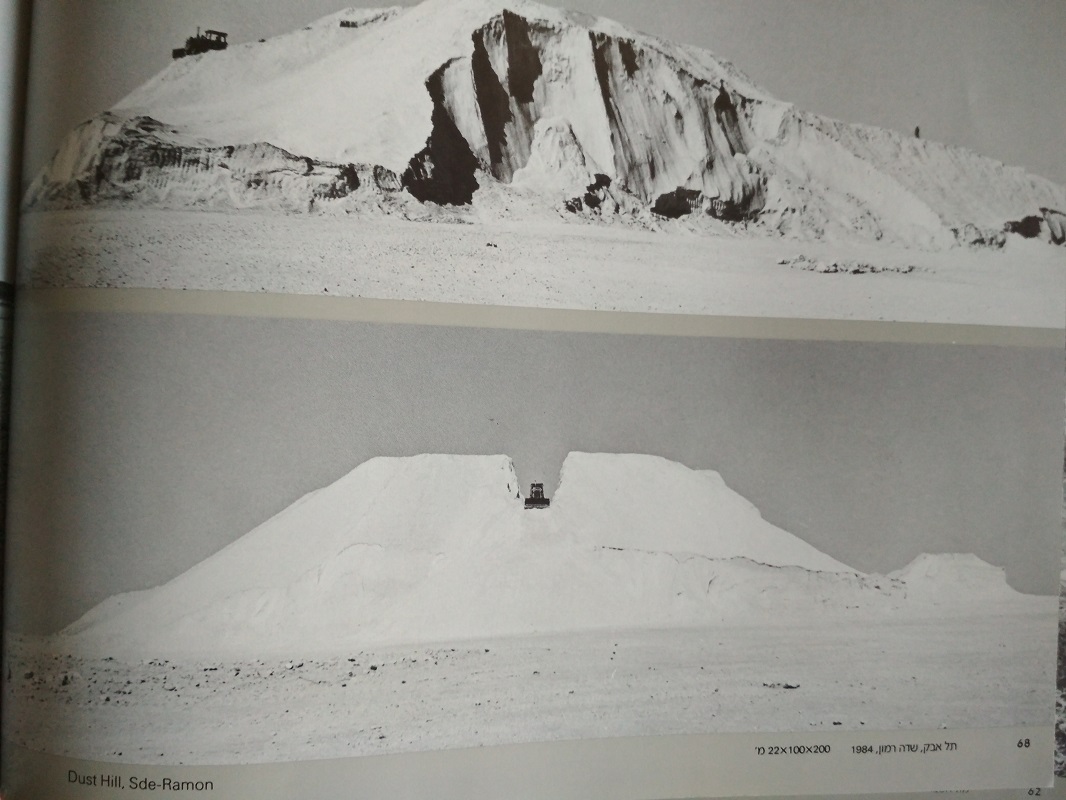
He was a prime mover in the creation of our environmental high school and the values that infuse it, and he organized annual seminars in Sde Boker which attracted Israel’s leading writers, thinkers and artists. He was instrumental in the renovation of the Sculpture Park in Mitzpe Ramon.
His service to the Negev was recognized by Ben Gurion himself
Given all the above you would think that with the passage of time Ezra would have become a village elder and be held in high esteem, perhaps have a street named after him, but no. By the end of his working life we had grown tired of Ezra, in fact bored, and to add insult to injury we took a bulldozer to this man’s final installation. I don’t think Ezra took it personally.
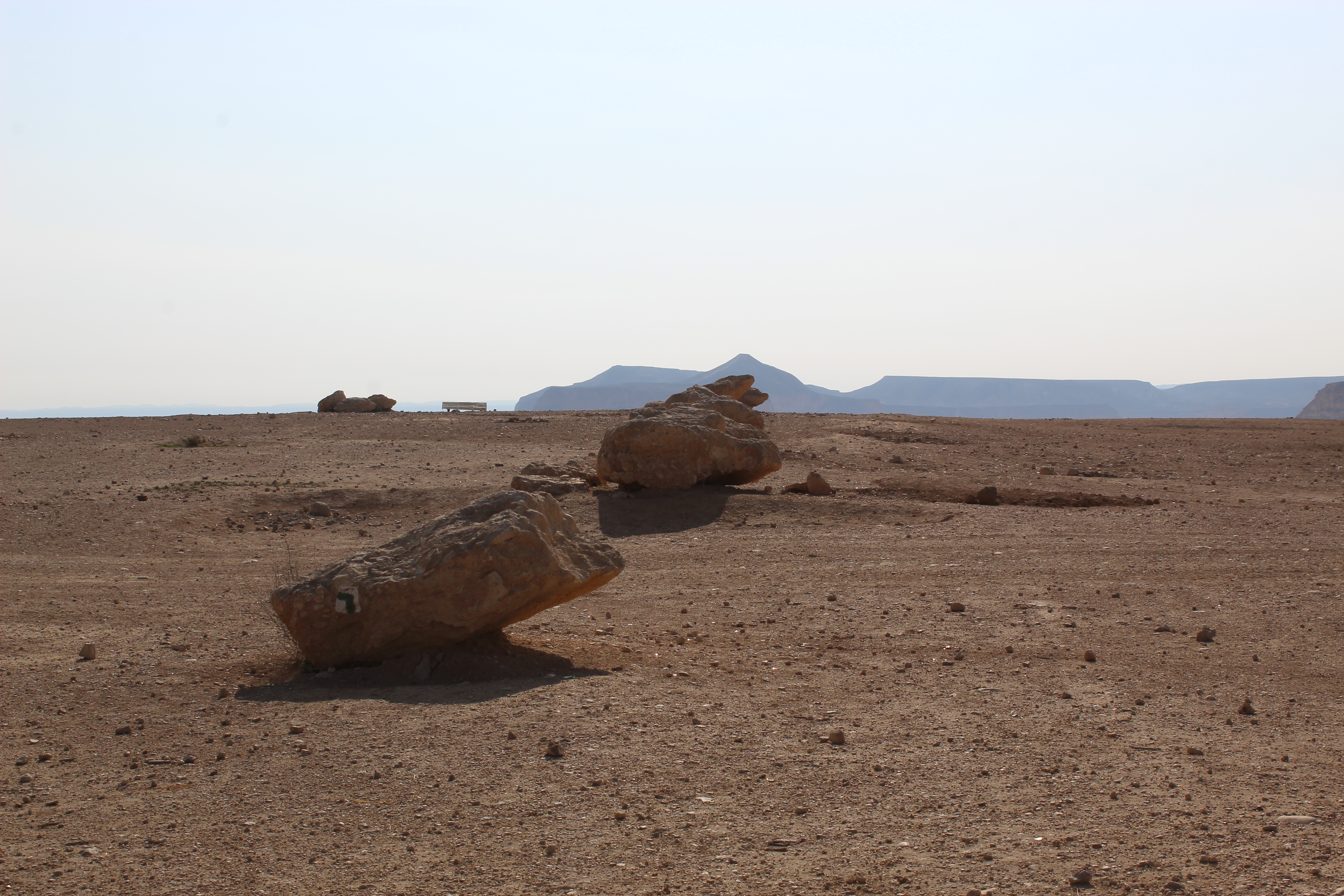
He was married and had three children but he didn’t much mix with people, he didn’t have a circle of friends as such. Some twenty years after his arrival he suffered a personal tragedy and although he never slowed down, never stopped working he became increasingly solitary until finally around 2006 he became afflicted with dementia and was taken to live with his family in the center of the country where he died in 2015.
My favorite Ezra story goes like this: He was for a time an art teacher at the school he helped to found, and on one occasion a student suggested to Ezra that bulldozering nature does not create art – and there were others in Israel’s art world making this same point. Ezra’s response was to organize a field trip for this class to Har Ardon in Makhtesh Ramon. They started the ascent before dawn, there was a heavy mist and it is not an easy climb. When they got to the summit the sun was about to rise. On the summit was one of Ezra’s installations; a boulder that stood on the western edge of the plateau, which now cast a long, moving shadow onto the floor of the makhtesh below.
“Is this not art?” he asked the student.
“No, it is a rock on top of a larger rock” came the reply
“Yes”, said Ezra, “but if the rock hadn’t been placed on this spot would we now be here talking about it?”
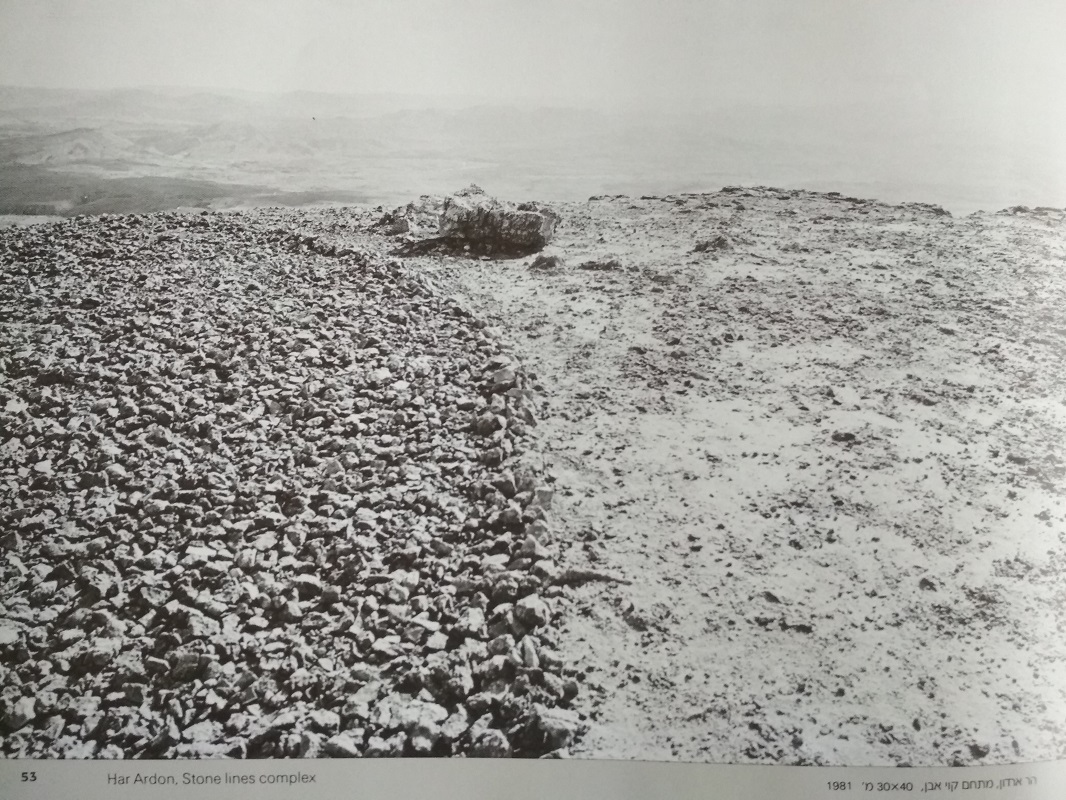
Some examples of Ezra’s work
Here are some of Ezra’s best-known installations:
You can find his work scattered all over the Negev, sometimes in the most unexpected places
A vertical bulldozer at the entrance to a Beer Sheva industrial zone
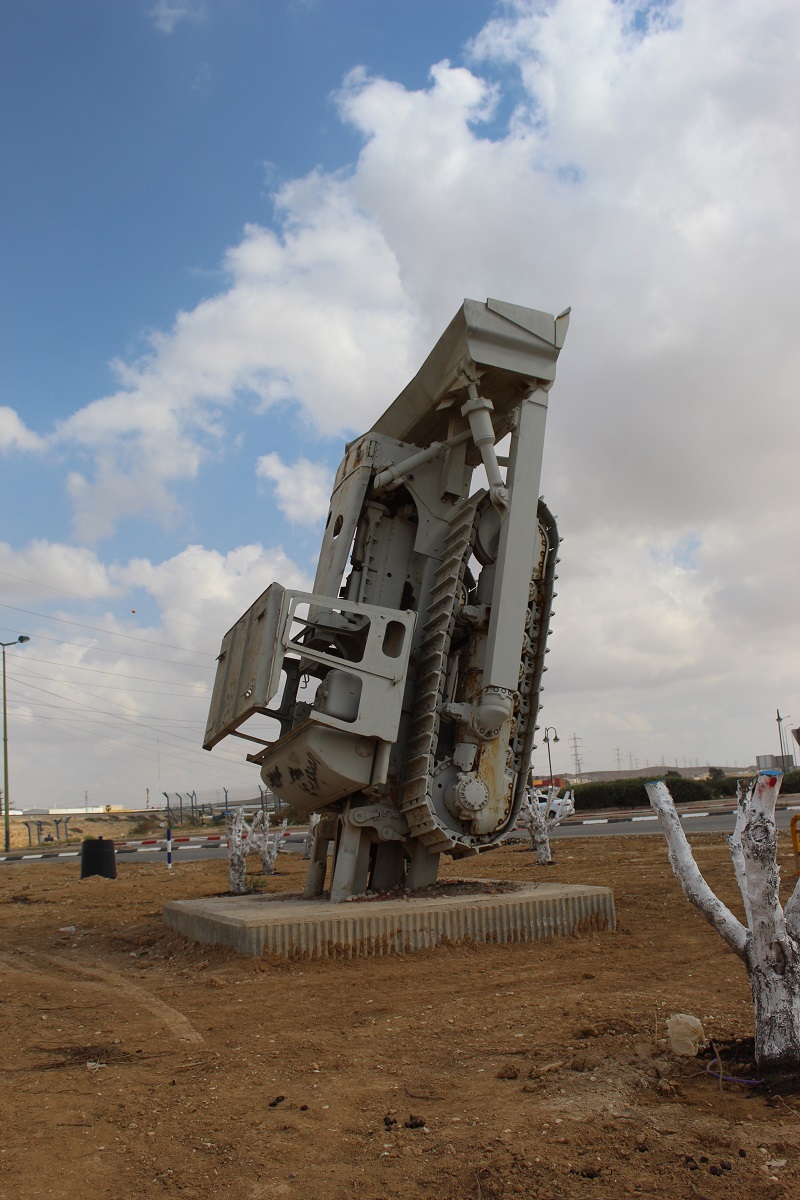
The Parallel lines in Yeruham
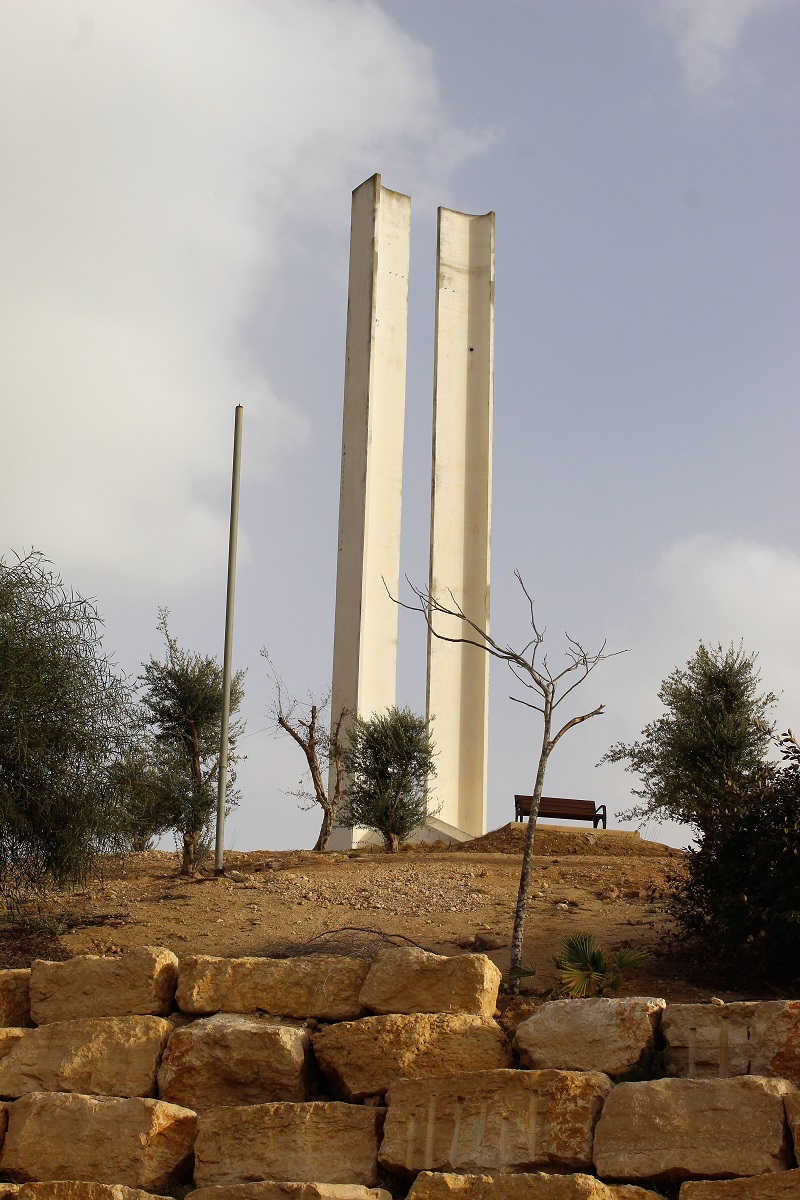
Another stone alignment serving today as an entrance gate to the Nitzana Salient.
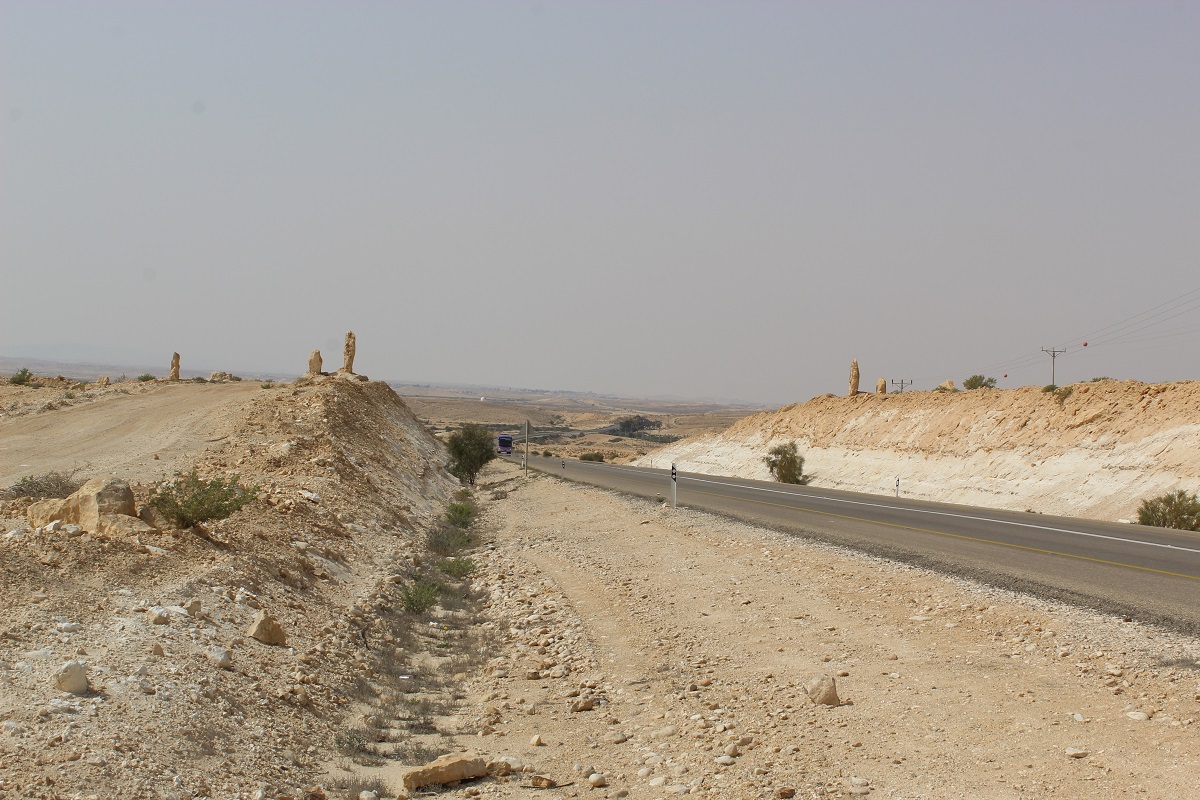
Ezra’s reputation is growing with the passage of time. I’m a big fan, I have many of his books (all the black and white pictures and the two letters published in this post come from the book Sculpture in the Solar System, published by Sifriat Poalim in 1985), and I frequently take our guests on a brief tour of his life and works.
This post is also available in:
 Français
Français

